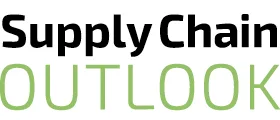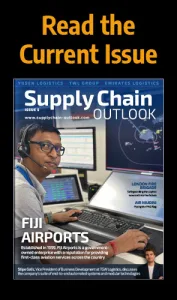INTRODUCTION
A NEW ERA IS EMERGING
With this in mind, I would strongly urge fashion brands to begin embracing this new generation of transparency that is going to be increasingly demanded by the consumer and investors imminently. It will quickly become a non-negotiable requirement following the introduction of legislation by governments too.
Knowing where to start, and what tools are available to enable this new level of transparency can be daunting for brands, however once implemented a fundamentally different supply chain will emerge. Collaboration and standardization will be needed to drive this change, and digital labelling/IDs that plug into central databases of shared information will be at the heart of the revolution.
SEWING UP THE CIRCULARITY LOOP
Since the pandemic, 70 percent of consumers are more likely to interact with QR codes, according to new research we (Avery Dennison) commissioned with GWI. Retailers have seen first-hand during the COVID-19 pandemic, how consumers can quickly embrace digital connection points if tailored to their needs. This paves the way for new behaviors around sustainability.
Digitally connected labels enable brands to clearly inform consumers of the end-of-life recycling options for items they no longer need, and cannot resell or re-use. These QR codes also inform recyclers of the material content of garments for safe and efficient processing. Our research found that, across the global markets surveyed, 62 percent of people believed brands and retailers should be making end-of-life options accessible for their products, with 58 percent saying fashion brands should help consumers repair items, and 57 percent saying brands should help consumers resell items when they no longer want to keep them.
COLLABORATION IS THE KEY TO PROGRESSION
Circularity in fashion can only become a practical reality when the right partnerships are struck up. Earlier this year, US lifestyle brand UpWest and reuse operator ReCircled enlisted Avery Dennison to provide the digital triggers and data connectivity essential to complete the circularity loop.
The case study revealed how products get a second life. Shoppers have the opportunity toscan the QR codes on Avery Dennison’s Digital Hang Tags and Digital Care Labels to take them on a journey outlining the item’s story, how it should be looked after and allowing them to engage closely with the UpWest brand.
Scott Kuhlman, CEO of ReCircled, spoke of how Digital Care Labels are pivotal in the upcycling process. “If we have textile information on Digital Care Labels, we can make processing decisions very quickly. We know what we are dealing with, and we can embark on a much clearer, purer process for the recycling.”
Robert Smith, director of sourcing and production at UpWest said the strength of the collaboration has underpinned the project’s success, turning unneeded sweater stock into mittens and blankets. “Together we created something new out of existing products, but it was also about telling a story and challenging norms,” he said.
The priority for the fashion industry needs to be around diverting clothing and materials from landfill, and, like many other industries, reduce emissions too. Collaborations like this example can make a huge difference as all corners of the industry come together to share their individual expertise with a common goal in mind.
Digital solutions have a direct impact on reducing waste within a supply chain, providing much needed transparency. Look at radio-frequency identification (RFID) for example, it’s designed to take waste out of the supply chain, whilst providing supply chain inventory accuracy, and reducing waste enables a direct link between the supply chain and a lesser carbon footprint.
The commitment within the apparel industry to make the change is undeniable. The majority of organizations have been vocal about that. But now the focus must be how the apparel industry comes together to move beyond commitments into action. I believe the innovative digital solutions available to brands and strong partnerships will be the key to unlocking the circular economy.






















